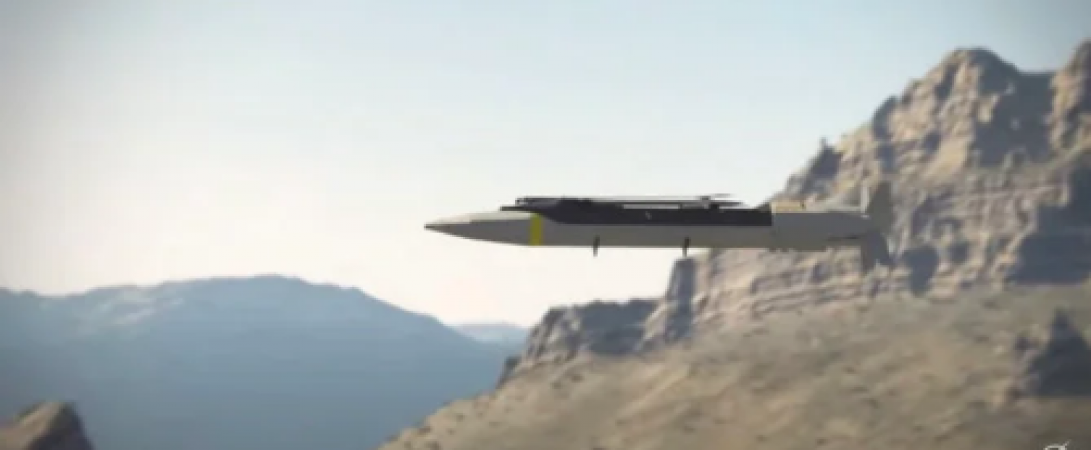
Washington: As Ukraine prepares to launch a spring offensive to retake territory captured by Russia last year, the United States has finally agreed to send long-range bombs to the country, US officials confirmed Thursday. The range of the new weapon would be nearly double that of any other offensive weapon provided by the US.
The US will offer smaller diameter ground-launched bombs as part of a $2.17 billion aid package it plans to announce on Friday, according to several US officials.
The package also includes, for the first time, equipment that will enable Ukraine to combine the various air defense systems that Western allies has hurriedly fielded on the battlefield and integrate them with its own to better deter Russian missile attacks. integrated into the air defence.
Also Read: PAK minister Rana Sanaullah's big confession on terrorism, said- 'We ourselves...'
For months the long-range systems have been hesitantly sent to Ukraine by US officials because of concerns that they could be used to target Russian territory, escalating the conflict and further entangling the US.
More long-range bombs are the latest high-tech systems, such as the Patriot missile defense system and Abrams tanks, which the US has finally agreed to give to Ukraine after initially saying no. However, US officials have insisted on rejecting Ukraine's request for the fighters.
The US will send an unspecified number of ground-launched small-diameter bombs with a range of about 95 miles in response to urgent demands for long-range munitions (150 kilometers) from Ukraine's leaders, officials announced Thursday. To discuss the specifics of the assistance, the officials spoke on condition of anonymity.
Also Read: How did you dance without wearing a hijab? Girl and her fiance sentenced to 10 years in prison
America's longest-range missile to date has a range of about 50 miles (80 kilometers). The money provided by the aid package is for long-term purchases, so it was unclear on Thursday how soon the bombs would reach Ukrainian battlefields.
Ukraine's Defense Minister Oleksiy Reznikov said on Thursday that Kyiv needed weapons with a range of up to 300 kilometers (about 185 miles) to repel Russian forces and was ready to assure its Western allies that their weapons would win. Will not be used to attack inside Russian territory.
At a meeting with representatives of the European Union, Reznikov said, "If we can attack at a range of up to 300 kilometers, the Russian army will not be able to defend and will have to retreat." Ukraine is ready to offer any assurance that your weapons will not be used in attacks on Russian territory.
We have substantial targets in the parts of occupied Ukraine, and we stand ready to work with our allies to coordinate on these targets.
The US aid package includes $1.75 billion in new funding through the Ukraine Security Assistance Initiative, to be used to purchase new weapons from industry, as well as $425 million in ammunition and accessories that will be drawn from existing Pentagon stockpiles .
The aid initiative also finances two HAWK air defense systems, anti-aircraft guns and ammunition, and counter-drone systems, in addition to the integration of long-range bombs and air defense systems.
The most recent aid package aims to provide the ability to integrate all the air defense systems that Western allies have deployed since Russia's invasion last February, including their own Soviet-made S-300 surface-to-air missiles. Has pledged to give to Ukraine as a complement of defense systems. This could increase Ukraine's ability to defend itself against future Russian attacks.
The US has committed to send the medium- to long-range National Advanced Surface-to-Air Missile System, or NASAMS, as well as the shorter-range truck-launched Avenger air defense system.
In addition, the US, Germany, the Netherlands and Spain have all agreed to send Patriot missile defense systems. Germany has also committed to send medium-range IRIS-T air defense systems.
US President Joe Biden has opposed sending F-16 fighter jets to Ukraine since the start of the conflict. Asked on Monday whether his administration was considering sending F-16 fighter jets to Ukraine, Biden said, "No."
Also Read: US Navy ends "horrific" experiments
On Tuesday, Ukraine's defense minister was asked whether Biden's rejection of the F-16 was final. According to Reznikov, all forms of assistance must precede the first "no" stage. Which only means "no" at this particular time.
The second stage is "Let's talk and study the technical possibilities," followed by "Let's train your employees," and the fourth stage is the transfer (of the equipment).